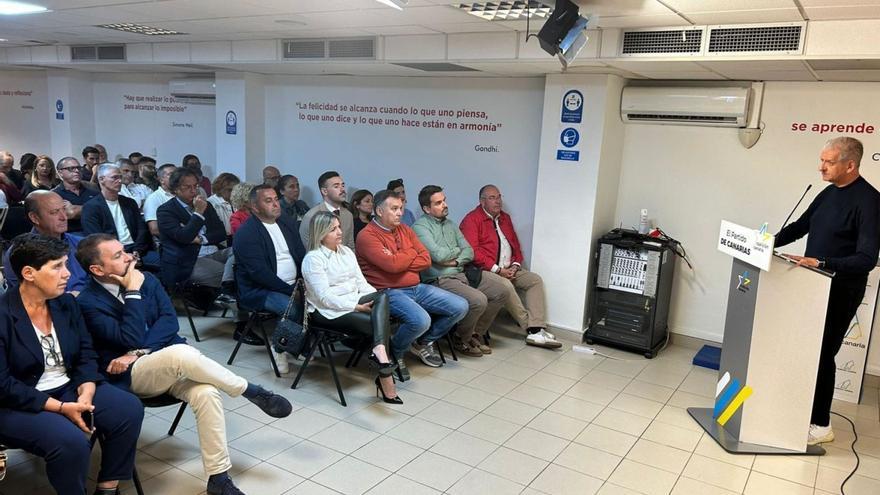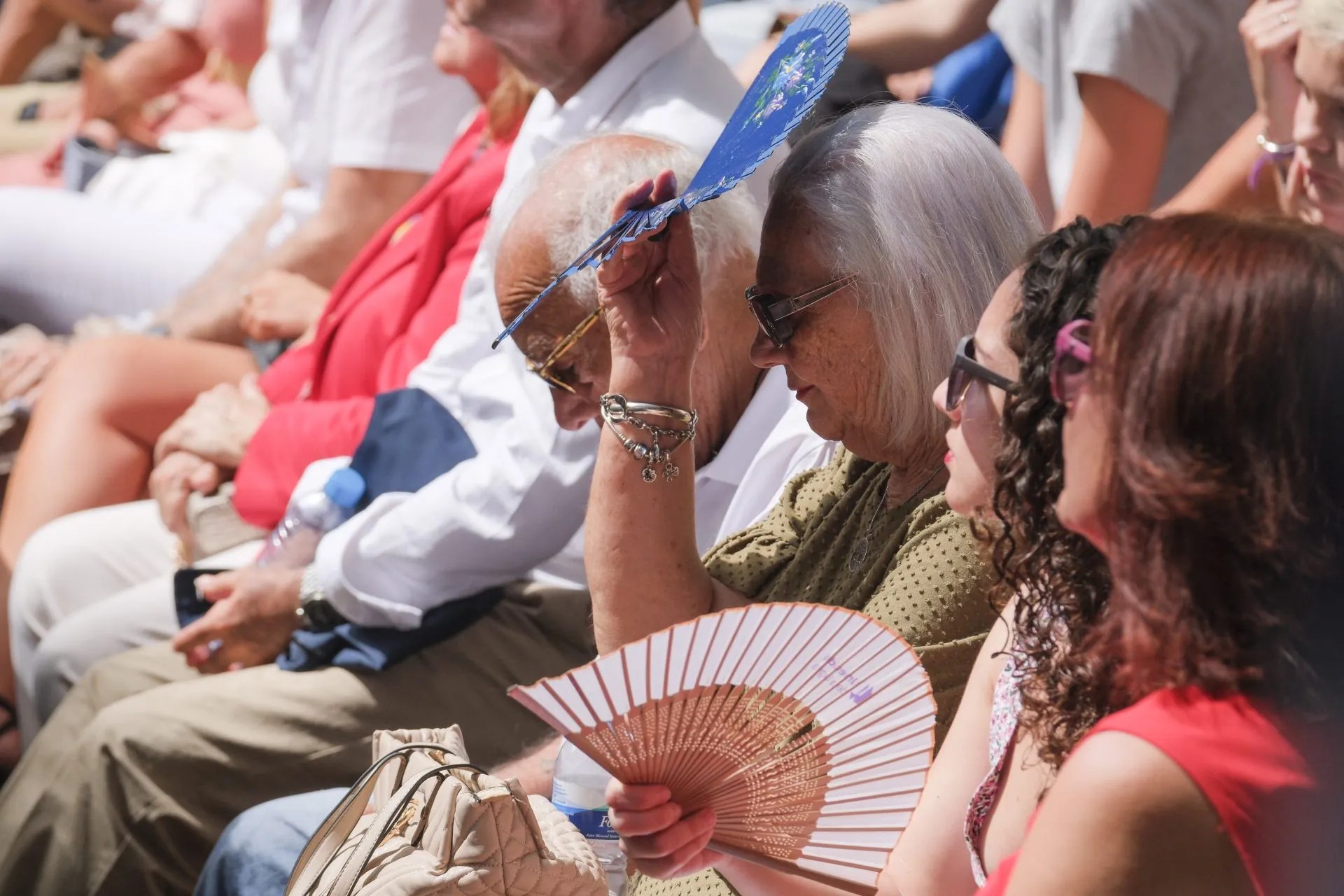
Five mayors and several nationalist spokespeople from municipalities in the north of Tenerife support the “brave” measures of the president of the Island Council, Rosa Dávila, “to help solve the mobility problem on the island.” The Political Council of Coalición Canaria, held at the island headquarters on the capital’s Galcerán street, unanimously endorses the actions led by Dávila, such as the closure of the Guamasa link to the TF-5 during peak hours. This will take effect in about eight months once the works to improve circulation on the alternative interior roads, the TF-235 and TF-152, are completed.
The insular general secretary and also mayor of La Orotava, Francisco Linares, emphasized that “the action will benefit the 21,000 people who use the highway in that interval because it will reduce travel time.”
Linares stressed that “while others pointed to 2028 as the date to improve the queues on our roads, this Council did not stand idly by and undertook numerous actions to alleviate a problem that affects the people of Tenerife daily and to seek alternative solutions.”
Five mayors. In addition to Linares, four other mayors applauded the measures and made it clear at the meeting. They are CC’s Mariano Pérez (El Sauzal), Heriberto González (Garachico) and Juan Ramón Reyes (San Juan de la Rambla), as well as Juan Acosta, a councilor for the Independent Group of Santa Úrsula (AISU) and also an island councilor who was absent due to illness.
The mayors and councillors of the opposition municipalities attended the Political Council, where unanimous support was shown for the measures taken by the new insular government formed by CC and PP since the local elections of last year.
[–>
Leadership. The insular general secretary and mayor of La Orotava, Francisco Linares, emphasized how the Tenerife Island Council, led by Rosa Dávila, leads the way to end this problem “that has been affecting the north of the island for many years.” He valued “a decision that will reduce travel time on the TF-5 for almost 21,000 people who travel daily during peak hours.” He concluded: “The 20,000 people coming from the North and also the 800 from Guamasa, as there will be works to improve their mobility.”
Linares praised the measures that “in just seven months the Island Council has taken, such as the latest one that will involve the closure of the Guamasa link to the TF-5 during peak hours, as well as the investment of one million euros to improve the alternative roads before closing this access to the northern highway.”
The mayor of La Orotava recalled that this decision “is supported by reports from the Provincial Traffic Headquarters.” It was noted that this will improve the travel time of 18,000 vehicles in peak hour by 20%. Additionally, a thousand tons of CO2 will no longer be emitted annually, and over 800,000 unproductive hours will be eliminated, “which represents an opportunity cost that exceeds 30 million euros,” he added.
In seven months. Linares emphasized that “while others – clearly referring to the previous term with the PSOE and Citizens in the insular government – set the year 2028 as the date to improve the queues, the current Tenerife Island Council has done so in just seven months.” He added: “It is clear that Rosa Dávila has not stood idly by while others did.”
E Other measures. The mayor of La Orotava emphasized other measures taken in these months, such as maintaining free public transport, “something made possible by Coalición Canaria”; the purchase of more buses and the hiring of new Titsa drivers; the launch of shuttle buses to the University of La Laguna; agreements with ULL and Ashotel; the elimination of heavy traffic during peak hours and the express crane service for the North and South highways.
“Contrary to neglect in the previous term, there is now an insular government, with the nationalist president Rosa Dávila at the helm, that has done more in seven months than others in four years,” summarized Linares before concluding: “This is evidenced in the more than 30 meetings with economic and social agents in Tenerife, as well as in the dozens of measures to alleviate the serious and historical traffic problem on the island.”
















